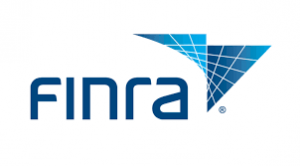
FINRA recently released Regulatory Notice 22-18, reminding firms about their obligation to supervise registered representatives to prevent falsification of digital signatures. FINRA’s guidance comes on the heels of multiple investigations concerning instances when registered representatives forged or falsified client signatures on account transfer documentation or on disclosure forms, “acknowledging a products alignment with the customer’s investment objective and risk tolerance . . . .”
FINRA’s notice explains the varied methods used to forge or falsify electronic signatures and how firms can thwart such forgeries or detect them after the fact. Generally, electronic signatures have an audit trail with identifying information such as the recipient’s IP address and e-mail address. Financial advisors have been admonished for sending documents to their personal e-mail addresses or to an assistant to sign the documents themselves. Firms also found instances where documents were sent to an IP address that was the same as the registered representative or that was inconsistent with the customer address on file. Sometimes representatives sent e-mails to the e-mail address associated with an outside business activity. FINRA’s guidance recommends that firms review correspondence to look for these red flags.
FINRA reports that, in some cases, administrative staff raised issues to management about pressure by representatives to manipulate the digital signature process. FINRA encourages training for such staff to encourage them to resists such pressure.
 FINRA Lawyer Blog
FINRA Lawyer Blog



